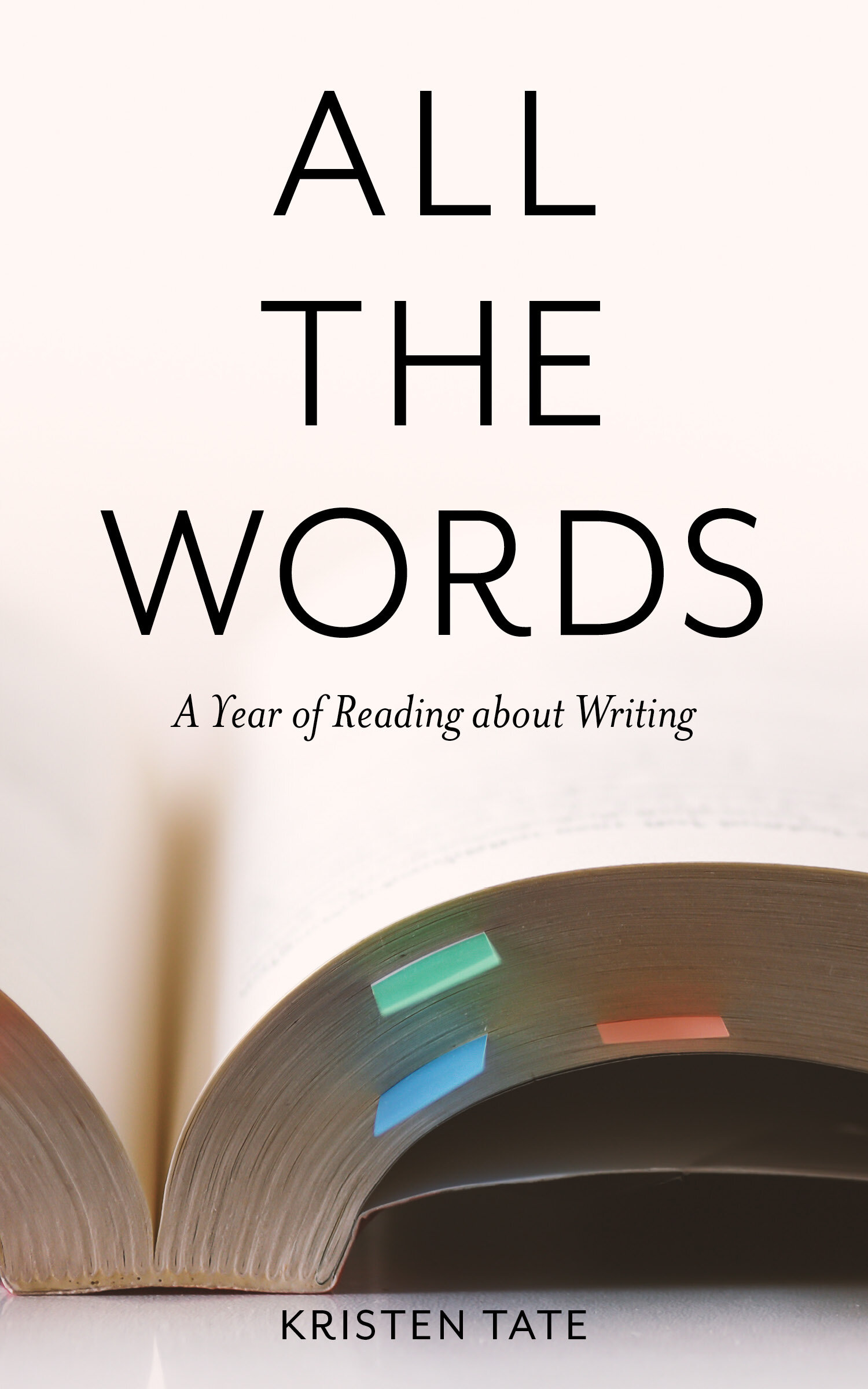Save the Cat! Writes a Novel, by Jessica Brody
This is part of a series of weekly reviews of writing craft books written in 2019, later revised and collected in Kristen’s book All the Words: A Year of Reading About Writing. Read the first chapter or buy the book in our Shop.
It is week fourteen of 2019. How’s the writing going? If you are stuck and need some creative solidarity, check out the Camp NaNoWriMo threads on Twitter (@NaNoWriMo). You’ll find hundreds of other writers sprinting or stumbling along, trying to find their path.
I’ve been hearing buzz about Jessica Brody’s Save the Cat! Writes a Novel: The Last Book On Novel Writing You'll Ever Need since it came out last fall. While this is almost certainly not the last book on writing you’ll ever need, I do think that you should have it in your collection. Like Shawn Coyne (in Story Grid, discussed here) and John Truby (in The Anatomy of Story, which I’ll cover in a future newsletter), Brody sets out to identify the key elements that all good stories have in common.
Brody breaks these elements down into fifteen “beats,” following the methodology of Blake Snyder’s advice for screenwriters. You can find a list of these beats along with a nifty little word calculator at this link.
Brody, like Lisa Cron, zeroes in on the main character’s transformation as the key to a strong plot. Her first chapter has excellent tips on how to identify the elements of transformation: 1) the hero’s problem or flaw that needs to be fixed; 2) the want or goal the hero is pursuing; and 3) the hero’s need, or the life lesson they need to learn. (Yep, I’m #teamsingularthey.) All great novels, Brody argues, “reprogram heroes. They transform human beings. And the beat sheet is essentially your reprogramming manual. It shows you which wires to cut, which code to alter, and in what order.”
Brody notes that the most effective novels have both an external “A story” and an internal “B story.” The fifteen beats, which she organizes into the traditional three-act structure, are the machine that powers the hero’s transformation by weaving together the A and B stories. Brody explains each beat with admirable clarity, and her insights about the challenging second act are especially worth reading. Brody points out that the world of act two should be the “upside-down version” of the world of act one. Act two is when your hero tries to solve their problem in all the wrong ways, and it’s also the point in the novel where you get to fulfill the “promise of the premise,” showing your hero in the thick of the action. Brody lists a number of common ways you can raise the stakes for your hero at the midpoint of the novel, and then shows you how to ride the momentum of the midpoint all the way into act three.
After outlining the fifteen beats, Brody devotes a long section of the book to discussing ten thematic genres (for example, “whydunit,” “rites of passage,” “dude with a problem”) and analyzing an example from each. These analyses are smart and thorough, and they show off the depth and breadth of Brody’s reading. Doing a similar analysis for a popular book in your genre would be a useful exercise, either on your own or with a writers’ group. I admire Brody for relying only on novels for her examples, especially since she is working with a methodology drawn from screenwriting. I can tell you from experience that it takes many hours of work (and generally two read-throughs of a novel) to do the kind of in-depth analysis she provides. But taking the time to read and study novels in a structured way like this can take you farther than almost any other writing exercise I know.
At the end of the book, Brody spends some time discussing how both plotters and pantsers might use the beat structure, and she outlines her own method, which involves roughing out five key beats. But, she emphasizes, “Your beats are not carved in stone. Nor should they be.” As you write you will encounter challenges and opportunities, just as you do in life, that will cause your plans to shift.
If you are concerned that following these fifteen beats will lead to formulaic writing, don’t be. As Brody points out, there are no new stories under the sun. “Original is not an achievable goal in novel-writing. So just throw that word out the window right now. What is achievable is fresh.” It doesn’t take much shuffling to come up with a new way to tell the same story. Read my blog post on the topic here, or just go out and watch Pretty in Pink and then read Grady Hendrix’s glorious My Best Friend’s Exorcism to see what I mean. (Throw in a couple negronis, and that’s a recipe for a pretty perfect weekend, in my opinion.)
Only you can write your story, and Save the Cat! might be the book that helps you unlock your plot.
Here’s to building that transformation machine, y’all,
Kristen
Check out our Resources page for more in-depth articles on writing, revising, polishing, and publishing your novel. Sign up for our weekly newsletter for fresh content, and you’ll also get our free PDF with recommended reading for writers!


